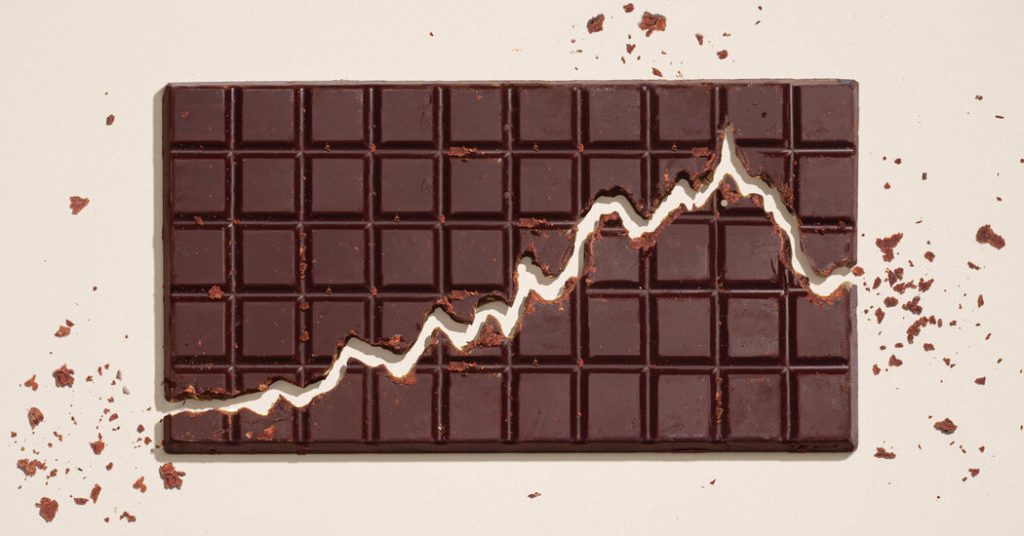The global cocoa market has experienced significant volatility over the past year due to a failed crop in West Africa, financial speculation, and the resulting supply-demand imbalance. Cocoa prices surged to unprecedented levels, exceeding $11,000 per metric ton in April before fluctuating wildly. Large food companies that rely heavily on pure cocoa have been forced to raise prices in response to the instability in the market. However, premium chocolate makers who have always paid higher prices to fairly compensate farmers have been less affected by the price spikes.
The disappointing crop in Ivory Coast and Ghana, which account for two-thirds of global cocoa production, was caused by low rainfall, plant disease, and aging trees. This in turn led to a shortfall in global production, exacerbating the price gains triggered by the supply shortage. Speculation from investors, such as hedge funds, further amplified the price volatility, with financial considerations compounding the situation. Cocoa farmers are facing uncertainties about the future price of their crops, discouraging them from planting new trees in the absence of price stability.
The global price of cocoa is determined through various factors including government-set rates for farmers in Ghana and Ivory Coast, market rates in other countries, and trading on global exchanges. The disconnect between global prices and on-the-ground farming realities has become more pronounced due to increased trading volume and the need for physical delivery of cocoa in futures contracts. As a result, prices are likely to remain elevated for some time due to systemic issues within the industry that require time to resolve.
Major chocolate manufacturers like Hershey and Mondelez have been forced to raise prices to offset the rising cost of cocoa. Both companies reported increased profits despite the price hikes and indicated a willingness to further raise prices if cocoa prices remain high. However, smaller “bean to bar” chocolate makers who have always paid premium prices for cocoa have been less affected by the price spikes. These companies have maintained premium prices for their products to ensure quality and ethical treatment of farmers, reframing chocolate as a luxury item rather than a mass-produced candy.
Although larger buyers offer volume guarantees to cocoa farmers, smaller buyers who prioritize quality and pay premium prices are seen as allies during periods of low production. Farmers like Gustavo Mindineros in Colombia prefer selling to smaller buyers who recognize the quality of their beans and pay a premium for them, as opposed to larger companies that only focus on volume. This shift in preference towards quality over quantity highlights the complex dynamics between cocoa farmers, buyers, and the financial markets within the cocoa industry. It underlines the importance of fair trade practices and ethical sourcing in ensuring a sustainable cocoa supply chain.















